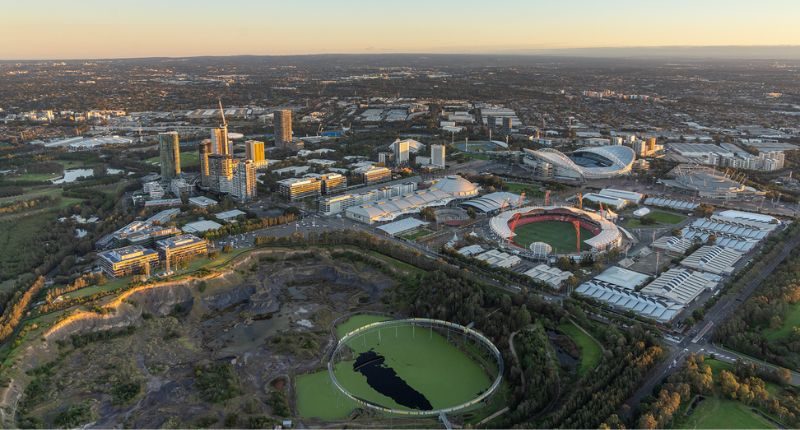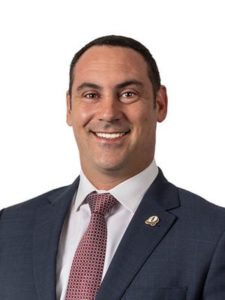
- Sydney Olympic Park's office vacancy rate fell by 18.6% in the past two years, to reach 5.9%
- Region crowned the tightest office rental market in Australia, of the markets tracked by JLL
- Low vacancy driven by a high demand for quality space, and the area's tight supply levels
The Sydney Olympic Park office market vacancy rate has tightened significantly, falling to just 5.9% during the second quarter of 2022.
The region currently has the lowest vacancy rate of the 19 office markets analysed by JLL, and marks a decline of 18.6 percentage points since recording a vacancy rate of 24.5% in Q2 2020.
The tightened vacancy rate has been driven by large leases, primarily by Government tenants such as NSW Police, NSW Ambulance, NSW Health, NSW Rural Fire Service (RFS), NSW State Emergency Service (SES) and Sydney Water.
The uptake in leases contributed to 7,300 sqm of positive net absorption over the quarter and the second lowest prime-grade vacancy rate in the nation of 6.2%.
JLL’s Office Leasing Senior Director Stephen Panagiotopoulos said Sydney Olympic Park is characterised by the diversity of businesses in the area.
“Notably, the area acts as the headquarters to a number of national based occupiers including Samsung, NRMA and AIA Australia, who have all recently renewed their leases.”
Stephen Panagiotopoulos, JLL
JLL’s Office Leasing Associate Maria Mangcoy said a lack of supply and a surge in tenant demand underlies the growth of the rental market.
“The quality of buildings in Sydney Olympic Park are better than typical suburban markets, with many also boasting cutting edge sustainability technology.
It’s no secret that landlords who are offering well-located, quality office accommodation and amenity are attracting tenants,” she said.
The area will soon receive significant public sector investment in public transport, including the Metro, which Mr Panagiotopoulos said will drive further demand for office space in the area.

“The backbone of Sydney Olympic Park’s success has stemmed from the investment in infrastructure, brought about by the 2000 Olympics which ultimately improved the precinct’s connectivity with other parts of Sydney.
“The Sydney Metro West underground rail project connecting the Sydney CBD to Parramatta and Westmead, via the Sydney Olympic Park and The Bays Precinct, is anticipated to be operational by 2030, will also provide stimulus to new developments and will underwrite future office demand as businesses are drawn to the improved amenity and connectivity,” concluded Mr Panagiotopoulos.







